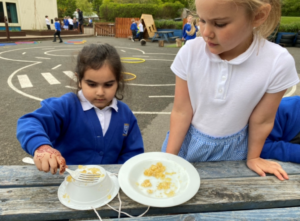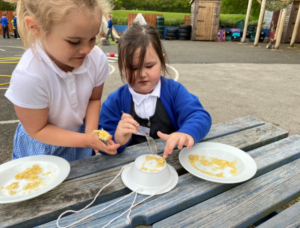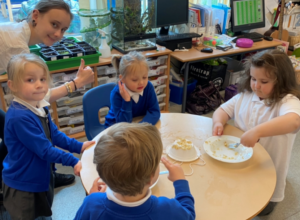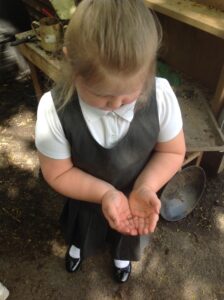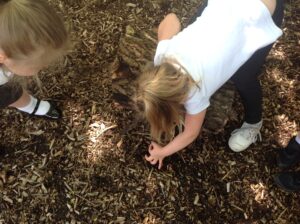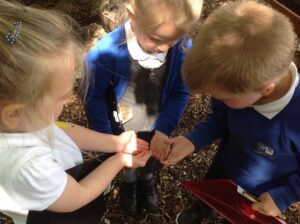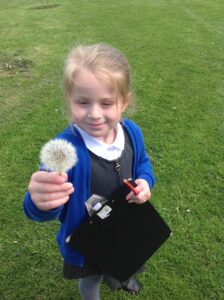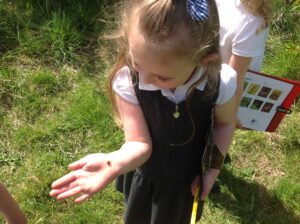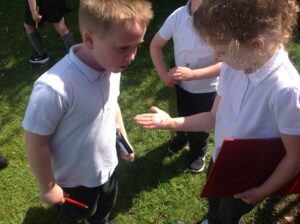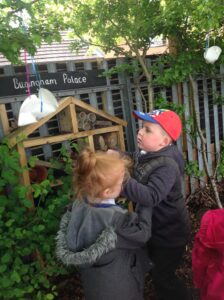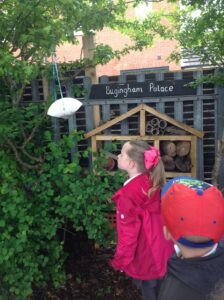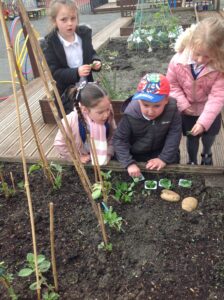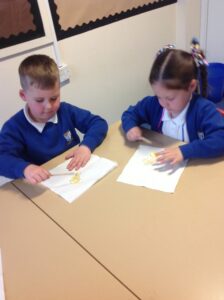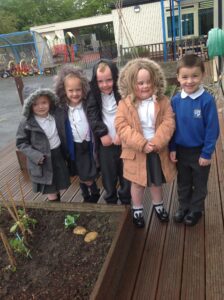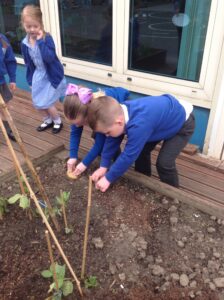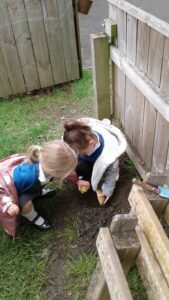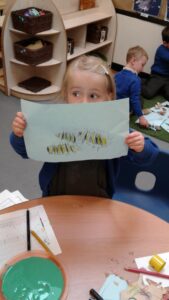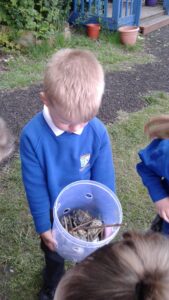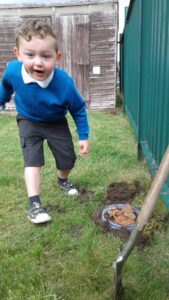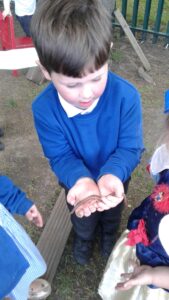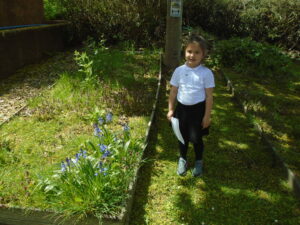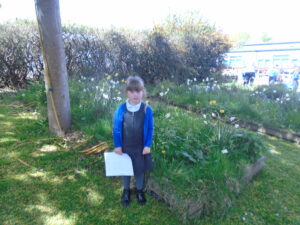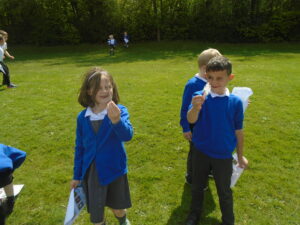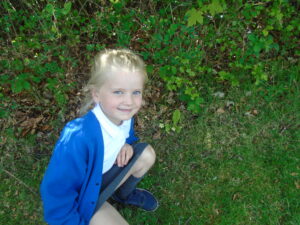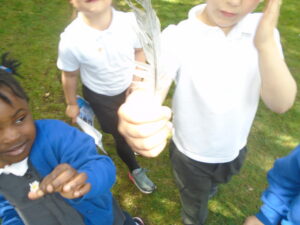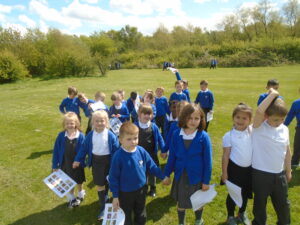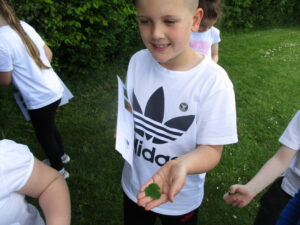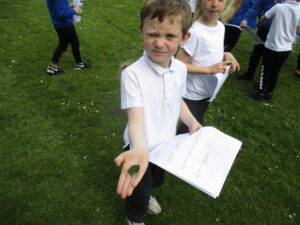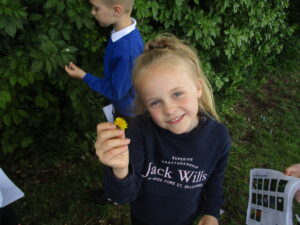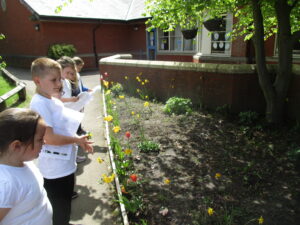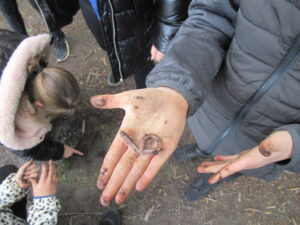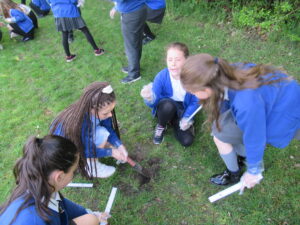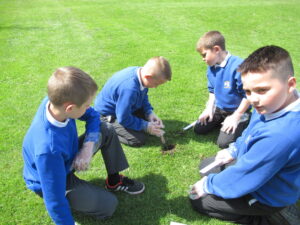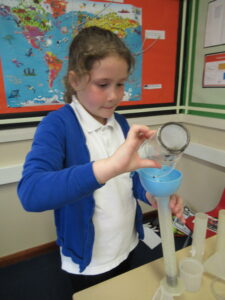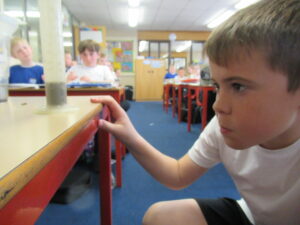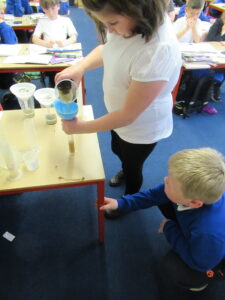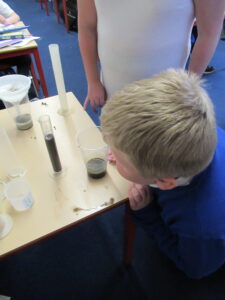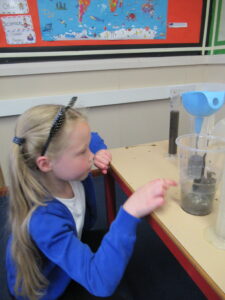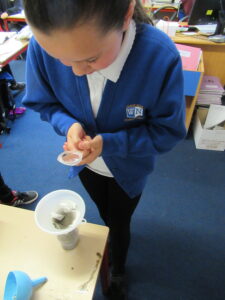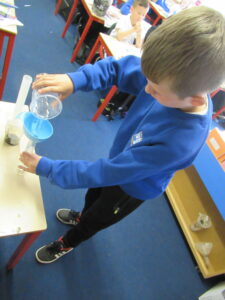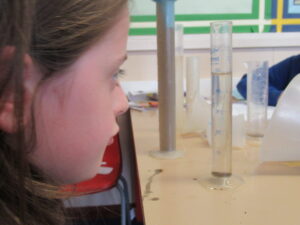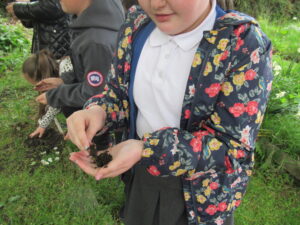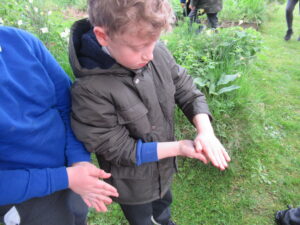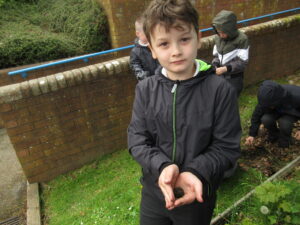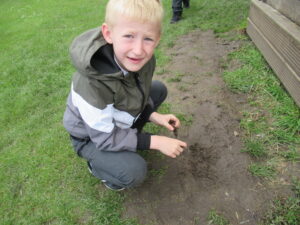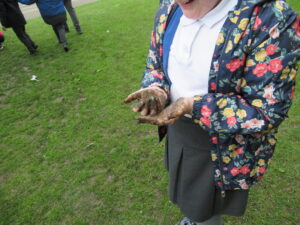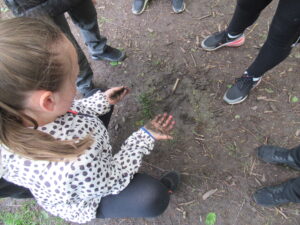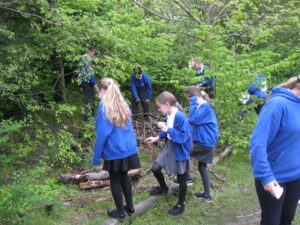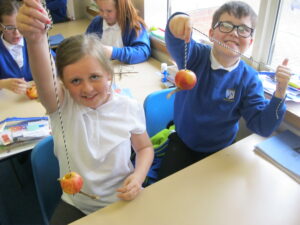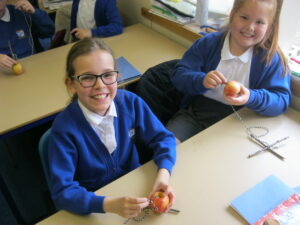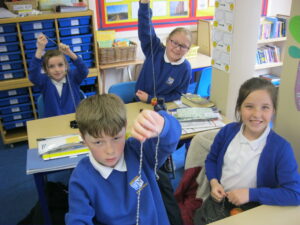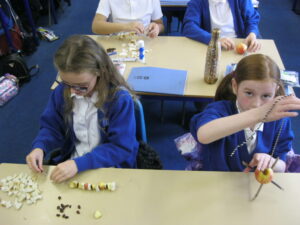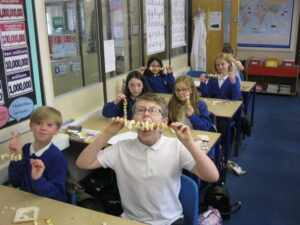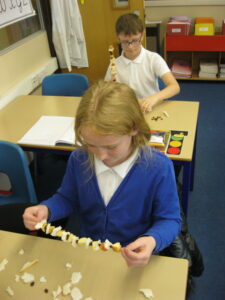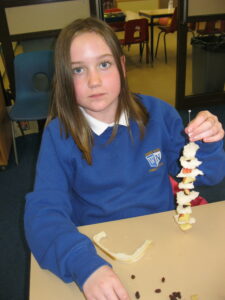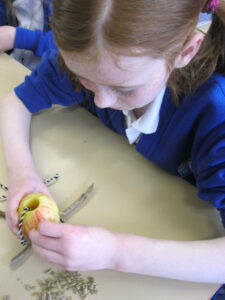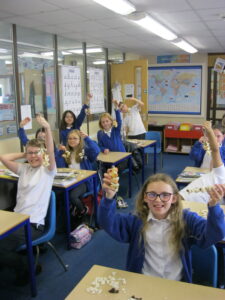Last week was Science week here at Windy Nook and we took the opportunity to look at the biodiversity of our school grounds. Each year group had a specific natural aspect to investigate and we explored all around our school grounds, taking notice of the different features of our environment. The children all across school have enjoyed trying to track animals by finding evidence of what animals, large and small, might be a using our grounds as their habitat.
EYFS investigated minibeasts. They were introduced to minibeasts and their habitats and talked about the different types of minibeasts they knew, where they might find them and what their features were. They explored the grounds to see how many different types of minibeasts they could find and made different items such as butterfly bars and potato or pitfall traps to try and entice them.
KS1 carried out a plant investigation. They were introduced to plants and their habitats and talked about the different plant parts. They went on two different plant hunts.The first hunt helped them explore different features that plants may have. To do this the children had to listen to different descriptions and then try and find a plant that matched this description in the school grounds. For the second plant hunt the children used plant spotter sheets to find and name the different plants they could find in the yard before recording their position on a map of the school grounds.
LKS2 carried out two investigations.
The first, a soil investigation gave the children the opportunity to investigate different types of soil found on our school grounds. They took soil sample and investigated them using their senses, investigating soil permeability and exploring soil types using ribboning techniques and a jar experiment.
The second, worm investigation allowed the children to focus on finding out what different types of earthworm were on our school grounds. They did this by carrying out an investigation which enticed the earthworms to the surface so they could count and identify them.
UKS2 also carried out two investigations.
The first, an invertebrate investigation allowed the children to learn what an invertebrate was and then explore the school grounds using 4 different methods to find invertebrates. The children carried out the investigation and used the invertebrate classification guide to identify what they had found.
The second investigation was a bird hunt.
The children tried to spot how many different types of birds they could find in our school grounds. Before they did that they tried to entice birds to our environment by making bird kebabs and apple bird feeders.
Article 13: You have the right to find out things and share what you think with others, by talking, drawing, writing or in any other way unless it harms or offends other people.
Article 17: You have the right to get information that is important to your well-being, from radio, newspaper, books, computers and other sources. Adults should make sure that the information you are getting is not harmful, and help you find and understand the information you need.
Article 28: You have the right to a good quality education. You should be encouraged to go to school to the highest level you can.
